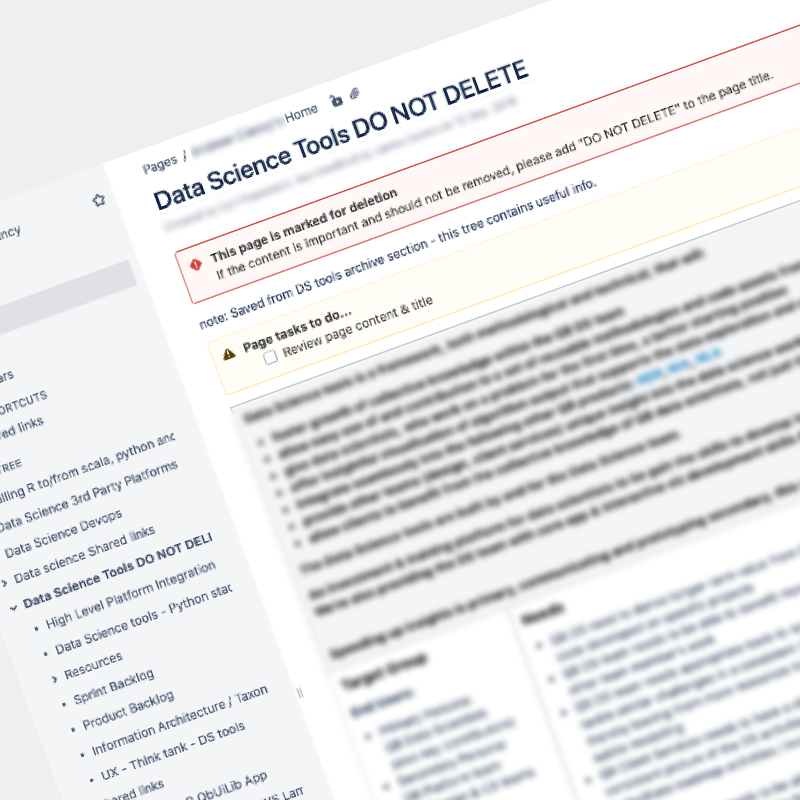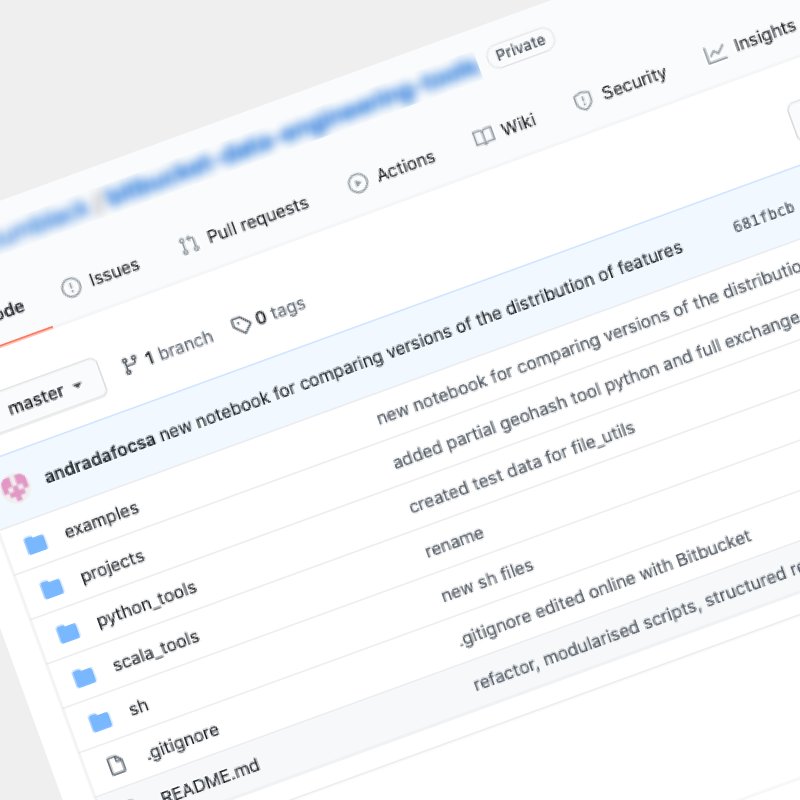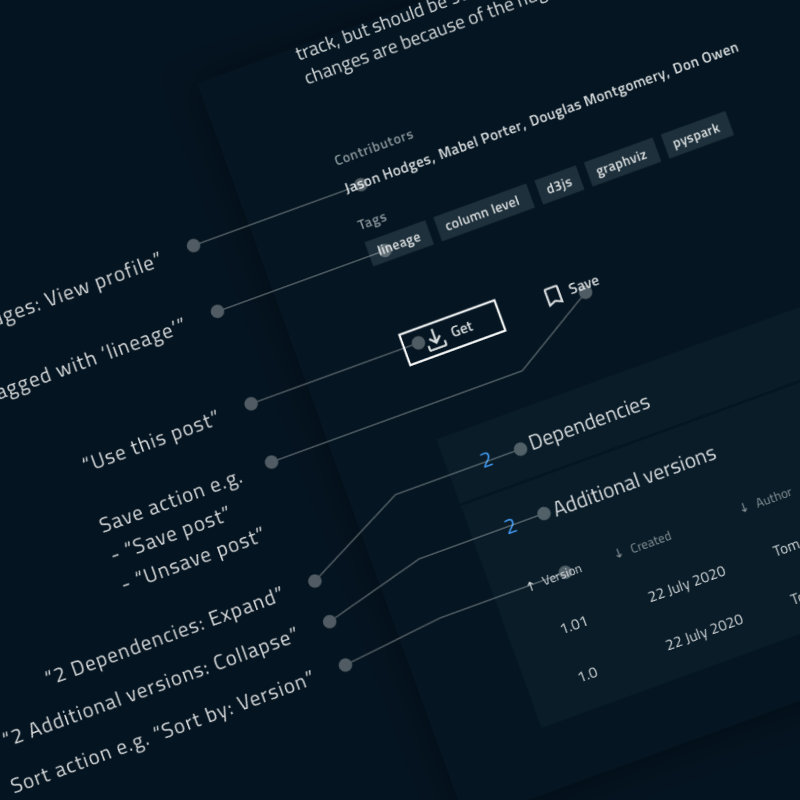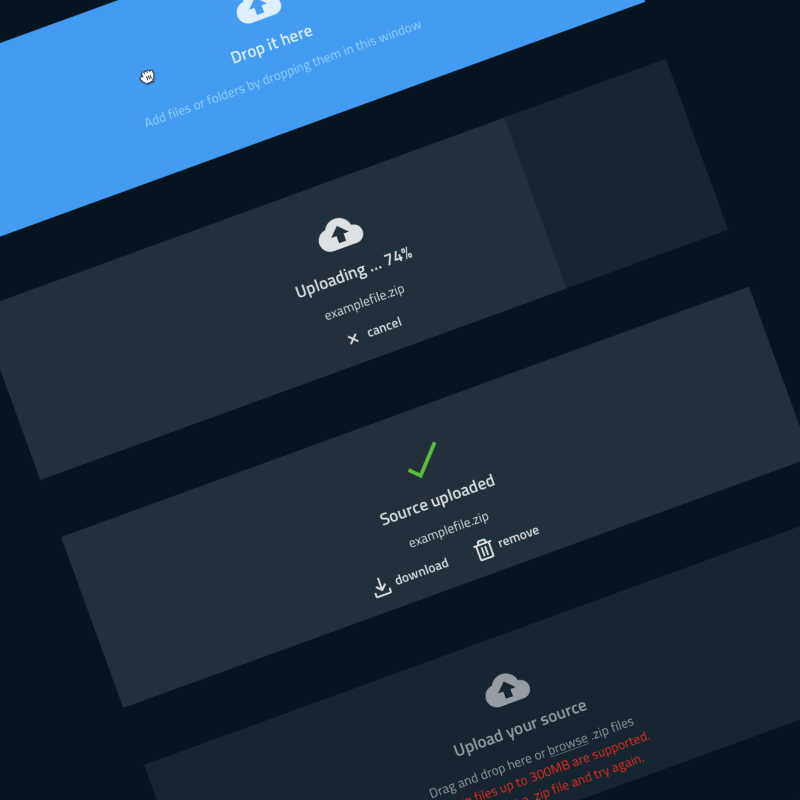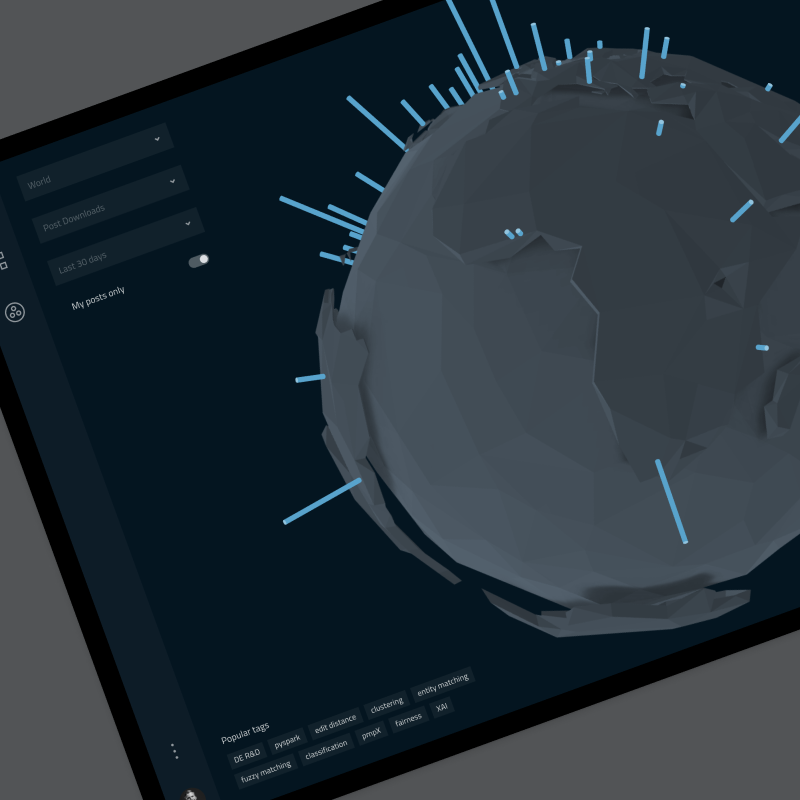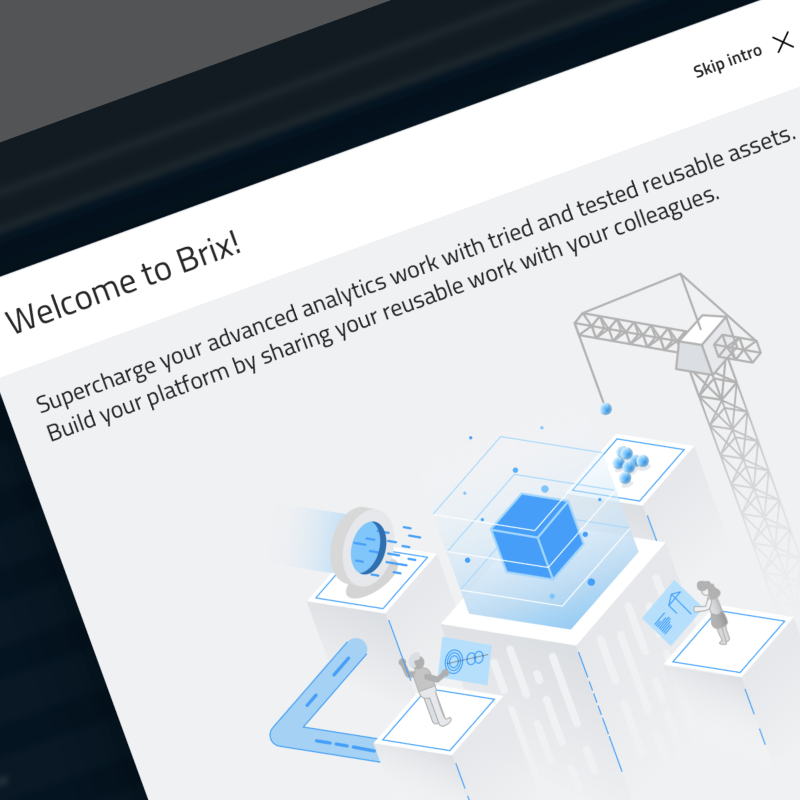QuantumBlack
Sharing Platform for Machine Learning Code Assets
2020-2022
How might we create a ‘Internal open source community’ for analytics and ML code as machine learning becomes common place in organisations?
Problem
As QuantumBlack grew, it became more difficult for ML developers to discover, reuse, and share code assets for reuse through the old ways of interpersonal networks. How might we maintain a culture of sharing while growing?
Role
As a founding member of a team tasked with connecting product teams, I identified relevant problems and shaped the product direction. I led design through the launch of the MVP and grew the product thereafter for one year.
Outcome
Adoption for the tool and code reuse exceeded expectations, de-risking client projects while saving millions in avoided duplicate effort. It was well received at CogX and caused Forbes to list QB first in The 10 Best AI Consulting Firms.
Research
Understanding pain points of an increasingly siloed organisation
Tasked with breaking down silos between teams I began with a series of user interviews focused on
obtaining a better general understanding of the relevant user groups / personas
understand the typical project’s workflow and the role of cross-team collaboration
Key insight: The sharing of resources had been mostly based on existing relationships between colleagues and word-of-mouth. This was beginning to break down as the company became too large for colleagues to keep tabs on what everyone was working on.
Research
Understanding when reusable knowledge was created and used
There were certain moments in a project’s life cycle when colleagues would typically look for existing solutions to a problem. To build an understanding of those touch points, I built a blueprint of a typical advanced analytics engagement and mapped relevant technologies, activities, and pain points and opportunities to it.
Key insight: When under pressure during a client project, time became a limiting factor for both sharing and searching reusable code.
This later led me to design speedy, standardised code consumption and contribution flows.
Research
Finding patterns in how code had been shared thus far
Lacking a standardised approach and location for sharing reusable code led to it being distributed across multiple sources, from Confluence spaces to GitHub repositories. I tracked down these assets to identify any patterns that could be codified by my team.
Key insight: This exercise taught me about typical structures of reusable code assets, the types of problems they would solve, and the authors who would later become ambassadors for our solution.
Experimentation
Learning through off-the-shelf solutions, deploying AirBnB’s Knowledge Repo
Research led to the discovery of off-the-shelf solutions that could be used to test the value proposition and gather data. We deployed AirBnB’s open-sourced Knowledge Repo to test our hypotheses as quickly as possible.
Key insights: Excitement around this solution was initially high validating the need for a code sharing platform. However, adoption and engagement fell off a cliff soon.
I performed further research on the existing solution which led us to begin work on our own custom tool, Brix.
Prioritisation
Defining our MVP based on learnings from the OTS solution
First, using the Knowledge Repo, then armed with conceptual wireframes and journey maps, I interviewed colleagues and aggregated findings so we could prioritise issues as a team.
Key insight: Most pain points largely fell into the categories of contributing, discovering, and consuming code assets with others relating to e.g. contribution incentives and access rights.
This grouping formed a framework for what we would focus on in each design and development sprint which was also when I created journey maps to address these challenges.
ResearchOps
Ensuring that research led to action
It was important to me that the whole team was involved in the research process and every member was close to our users. I ensured that engineers would take turns in joining research sessions, and implemented Dovetail as an accessible research repository. This helped to create easily digestible research reports which would found the basis for lively weekly discussions.
Defining success
Staying on track by implementing Objectives and Key Results (OKRs)
Since working at Google, I’ve become a strong advocate for OKRs. I regularly facilitated workshops with the team to define, review, and refine our goals.
Solution
Launching the first version of our custom-built app called “Brix”
The MVP for ‘Brix’ was a card-based web app with each card representing a modular piece of code. Simple on the surface and easy to use it provided important functionality such as standardised formats for content, quality indicators for each asset, multi-faceted search, and a simple and fast contribution process.
Solution
Engaging users with surprising and ancillary experiences
in order to innovate and engage users, I had to make time to explore less tactical value-adds to the application. I also facilitated hackathons for the entire team to do the same, leading to inspiring side projects.
Building a community for cross-team collaboration required a look beyond the core user journeys of discovering, accessing and sharing content.
Early in the project I understood that to keep contributors engaged we needed to motivate them by highlighting the impact of their work. As a result I designed functionality specifically catering to this need.
Outcomes
Scaling Advanced Analytics in numbers
As a single source of truth for ML and advanced analytics code, Brix continues to bring value to the organisation in three ways:
Accelerating project delivery by giving colleagues a starting point for new projects, letting them focus on the unique challenges
Reducing risk through tried-and-tested, peer-reviewed code
Radiating R&D capabilities across the company
Most importantly, it helps nurture a culture of innovation and sharing of ideas.
400
Highly reusable advanced analytics code assets hosted
16
Product teams and R&D efforts spun up through the platform
2000
Hours of time saved annually compared to creating new assets
1st
Forbes listed QuantumBlack first in a ranking of the Best AI Consulting Firms, citing Brix as a driver



